   |
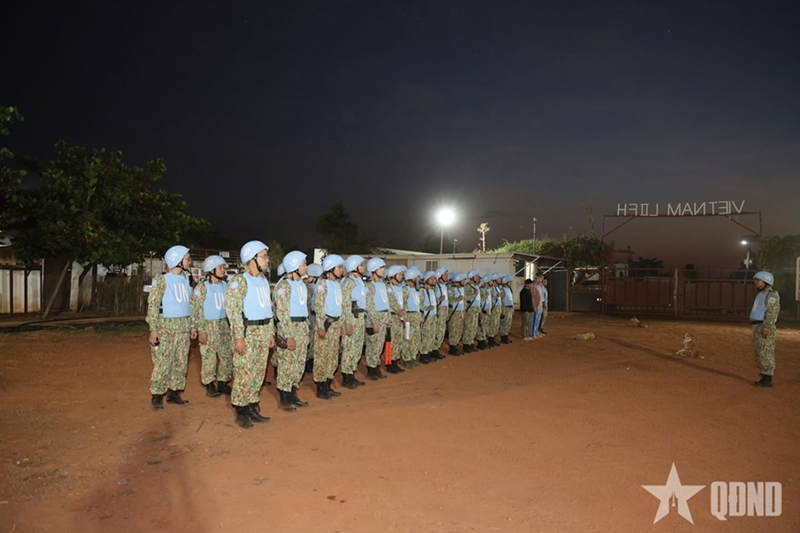 |
|
Briefing on training tasks |
    |
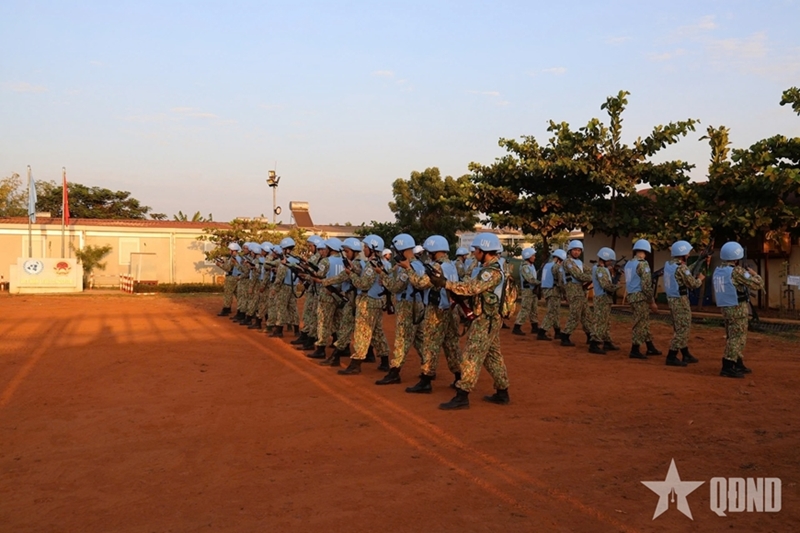 |
|
Security teams conduct scenario-based drills. |
The training was organized in the context that the U.N. Mission is gradually reducing its presence in the area, particularly with fewer infantry and police forces deployed. The political and military situation in the region remains unstable, posing significant risks to stationed military units.
Alongside its primary tasks of providing emergency and medical treatment, the officers and staff of the L2FH Rotation 7 have placed great emphasis on maintaining security and safety within the unit. The hospital carried out drills on shifting combat readiness status. The training scenarios were closely tailored to local realities, including responses to civil unrest and night-time intrusion attempts.
    |
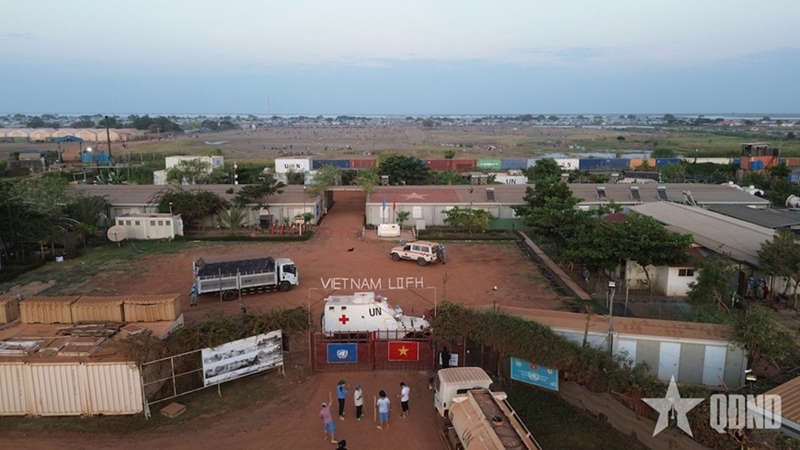 |
|
Forces practicing scenarios to protect the unit |
    |
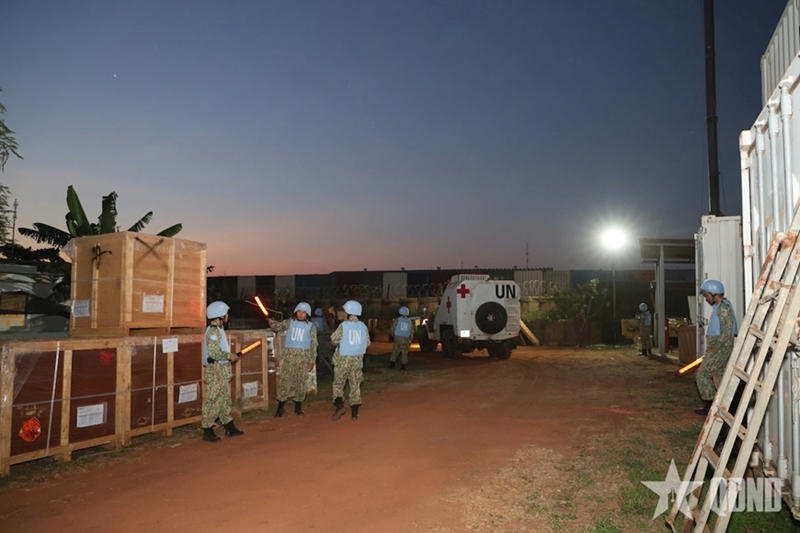 |
|
Night-intrusion response training |
In one exercise, personnel practiced responding to a simulated situation in which a group of individuals gathered at the hospital gate demanding food or essential supplies. The drill required firm measures to protect property while strictly adhering to the U.N.’s rules and maintaining a humanitarian spirit.
During the night-intrusion response exercise, members rehearsed plans to deal with intruders attempting to cut through the fence under cover of darkness to steal property. This activity aimed to strengthen coordination and rapid response capabilities among the hospital’s security teams as well as with the U.N. mission’s protection forces.
    |
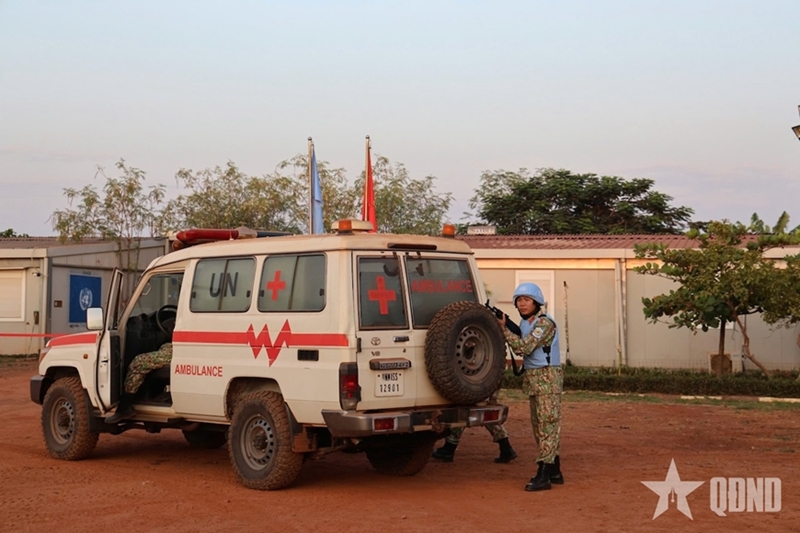 |
|
Training closely aligned with the actual security situation |
The training program not only reinforced discipline and mobility in combat readiness and coordination with other agencies and units, but also enhanced officers’ and staff members’ understanding of the mission’s security situation and the U.N.’s operational regulations, including the Rules of Engagement (ROE).
L2FH Rotation 7 also focused resources on fortifying its defensive areas, especially reinforcing weak sections of fencing that could be exploited by intruders. These pro-active measures reflect the unit’s pro-activeness and self-reliance in ensuring the safety of its 63 officers, staff members, patients, and a large volume of medical equipment.
    |
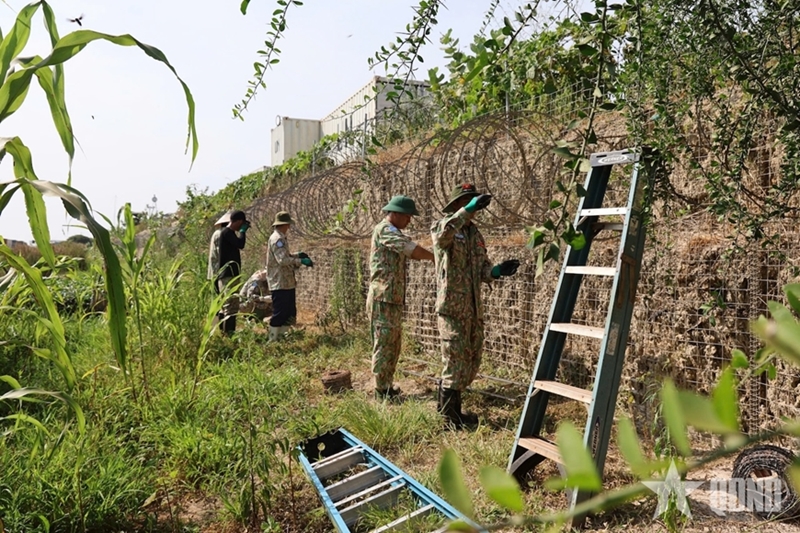 |
|
Reinforcing fences to strengthen defensive capabilities |
Colonel Nguyen Duy Quang, Deputy Military Director of the L2FH Rotation 7, said that as the U.N. gradually scales down its presence, the unit has identified combat readiness capability enhancement training and defensive reinforcement as regular, ongoing tasks to ensure complete preparedness, avoid any surprise situations, and maintain absolute safety for the unit.
By Tien Phuc (from South Sudan)
Translated by Tran Hoai